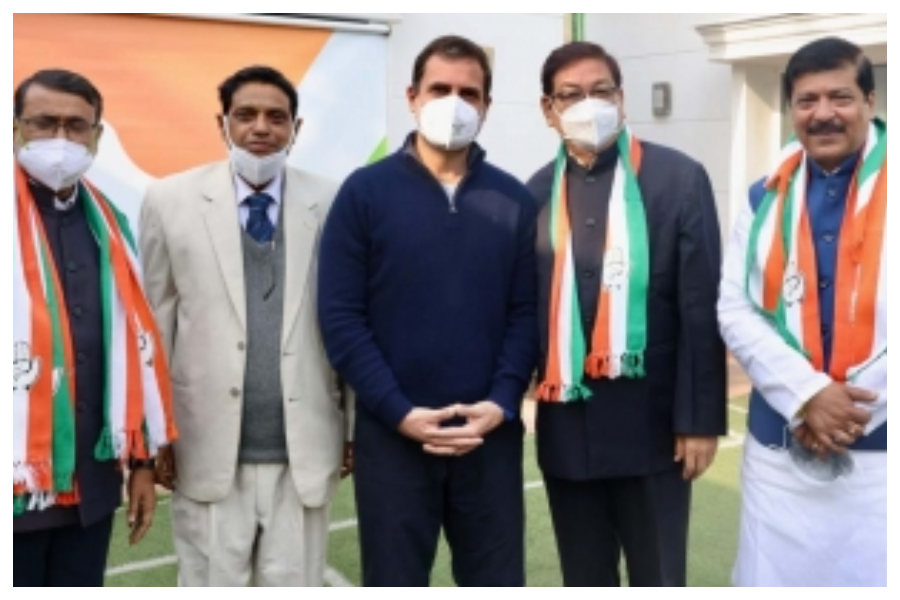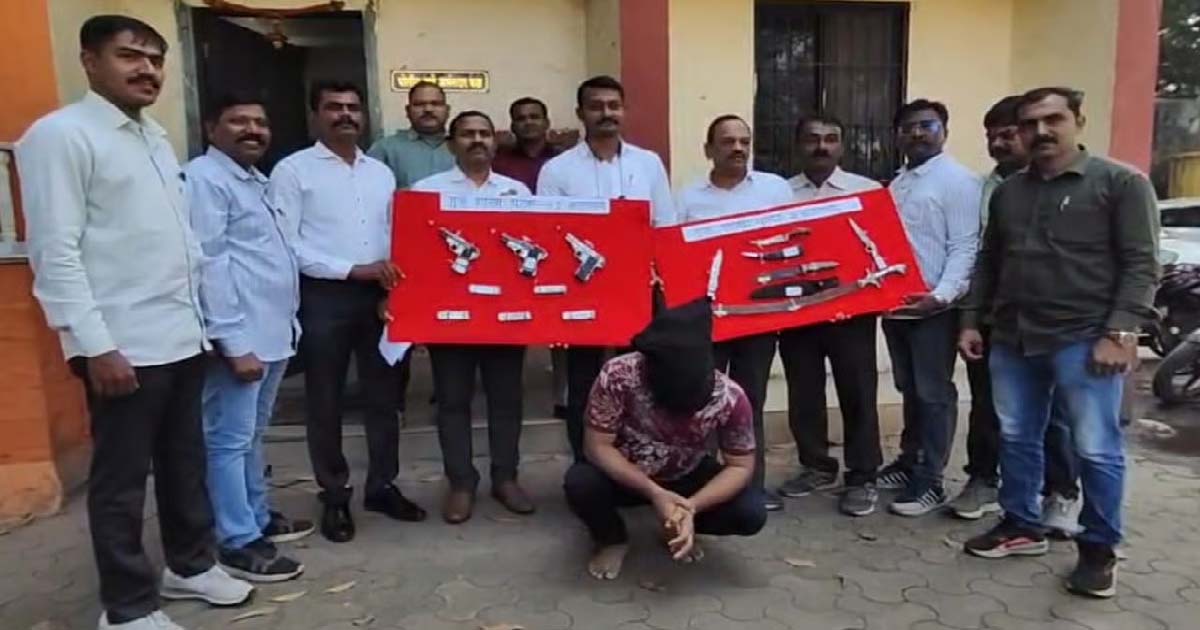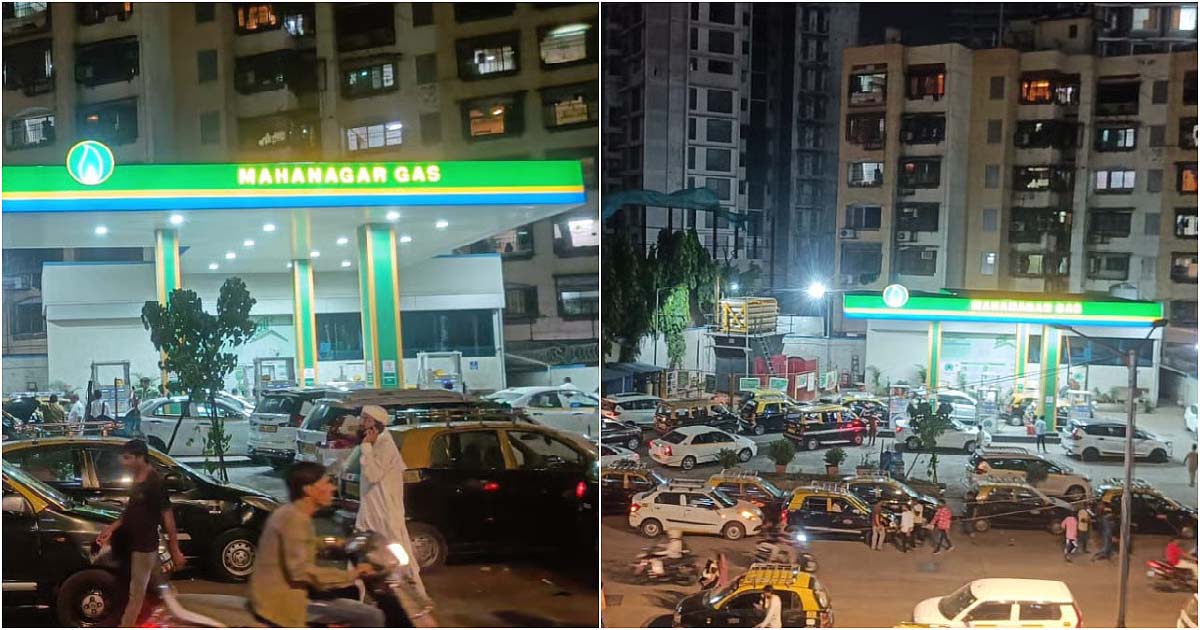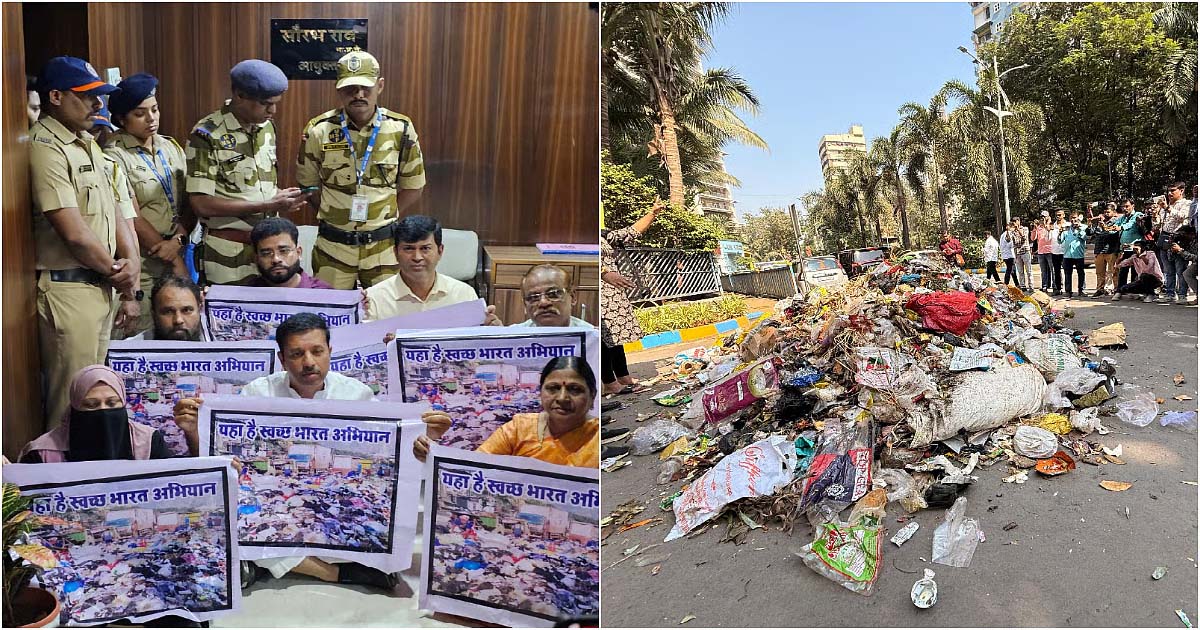National News
2 Tripura BJP MLAs who quit party join Congress, claim more coming

Dissident Tripura MLAs of the ruling BJP — Sudip Roy Barman and Ashis Kumar Saha, who resigned from the Assembly and the party on Monday, Joined the Congress in New Delhi on Tuesday. AICC in-charge for Tripura, Nagaland and Sikkim, Ajoy Kumar in his tweets said that Roy Barman and Saha joined the Congress in presence of party leaders Rahul Gandhi and Priyanka Gandhi Vadra.
Tripura Pradesh Congress President Birajit Sinha and former state President Gopal Roy and other leaders including Ajoy Kumar were also present when the two leaders joined Congress at the residence of Congress leader Rahul Gandhi in Delhi.
Both Sinha and Roy Barman while separately talking to IANS over phone, claimed that more than five BJP MLAs would join the Congress after March. “The BJP MLAs who are intended to join would have to complete certain organisational and technical matters before joining the Congress. Besides the BJP MLAs, a large number of saffron party leaders and workers would also join the Congress as everyone is disillusioned with the party (BJP),” Sinha, a former minister, said.
Roy Barman, a former Minister, and Saha had told the media in Agartala before leaving for Delhi that they have also sent their resignation letters to the BJP’s state President Manik Saha. Roy Barman said: “The BJP government led by Deb utterly failed to deliver. An autocratic rule has been prevailing in the state. People are in serious distress. We want to work for the people as we are unable to do this while remaining in the BJP.”
Roy Barman and Saha were earlier in Congress before joining Trinamool Congress (TMC) in 2016 and then to BJP next year (2017).
Earlier, BJP MLA Ashish Das after openly criticising the saffron party and its leadership including Chief Minister, joined the TMC on October 31, 2021 following which he was disqualified from Tripura Assembly by Speaker Ratan Chakraborty on January 5 (this year).
Two other BJP MLAs — Diba Chandra Hrangkhawl and Burba Mohan Tripura – also went to Delhi on Monday along with Roy Barman and Saha but their political positions have not yet officially been announced. BJP, on the other hand, downplayed the resignations of Roy Barman and Saha and said that their quitting from the Assembly membership would not create any constitutional crisis in the state.
State BJP spokesman Nabendu Bhattacharjee said that it was expected that Roy Barman and Saha would leave BJP. “They have been openly criticising the Chief Minister and other party leaders. Their resignation from the Assembly and the party has no importance to BJP,” Bhattacharjee told the media.
Roy Barman, Saha and three other BJP MLAs — Ashish Das, Diba Chandra Hrangkhawl and Burba Mohan Tripura — in August last year held a big gathering in Agartala which was attended by many local BJP leaders and workers. They had also met BJP’s National President J.P. Nadda and other central leaders and Ministers and Assam Chief Minister Himanta Biswa Sarma and apprised them about the “misgovernance in Tripura and Chief Minister’s authoritarian style of work”.
To curb the rebellion in the party and to set the governance right, several central party leaders led by BJP’s North East Zonal Secretary (Organisation), Ajay Jamwal, had visited the state several times. In the presence of the central party leaders, three BJP MLAs — Ram Prasad Paul, Sushanta Chowdhury, Bhagaban Chandra Das — were on August 31 last year inducted into the Tripura cabinet in its first cabinet expansion after the BJP-IPFT (Indigenous People’s Front of Tripura) alliance assumed charge in March 2018.
The open dissent and internal dispute in the ruling BJP began after Roy Barman, who was holding the Health and Information Technology departments, was sacked in May 2019 following differences with Chief Minister Biplab Kumar Deb.
Crime
Thane: Crime Branch Arrests Repeat Offender With Cache Of Illegal Arms In Kalyan; Political Links Under Scanner

Kalyan: In a major pre-election crackdown, the Kalyan Crime Branch has arrested a habitual offender involved in the sale of illegal firearms and sharp weapons. The operation, executed with precision amid heightened security concerns during the election season, has exposed a troubling link between criminal activities and suspected political backing.
According to officials, the Crime Branch arrested Roshan Jha, a repeat offender with multiple criminal cases registered in Ulhasnagar. Acting on specific intelligence received by Assistant Police Sub-Inspector Dattaram Bhosale, officers were alerted that a man was attempting to sell country-made pistols and other dangerous weapons in the Dombivli area.
Following the tip-off, a team led by Police Officer Sarjerao Patil laid a strategic trap at Gokuldham Tower in Desale Pada, Dombivli (East), where the accused was believed to be residing. Upon raiding his residence, police recovered a significant cache of weapons.
Weapons Recovered During Raid
The seized items include:
Three country-made pistols
Three live cartridges
Two magazines
One dagger
Two knives
Two swords
Officials confirmed that Jha was taken into custody immediately after the recovery. Preliminary investigations reveal that he has seven serious cases registered across multiple police stations in Ulhasnagar, further reinforcing his reputation as a hardened criminal.
What has raised additional concern is emerging information suggesting the accused may have been receiving political patronage. Sources indicate that certain local political figures could be providing protection to Jha a possibility police have not ruled out. Senior officers have initiated a detailed probe to determine the extent of any political involvement.
The Crime Branch is now intensifying its investigation to trace the source of the arms and identify prospective buyers. Key questions under scrutiny include whether the weapons were intended to influence or disrupt the upcoming elections.
A senior officer stated that the crackdown is part of a broader effort to maintain law and order during the election period. “We will not hesitate to act against anyone involved, irrespective of their political connections,” the official said.
National News
Mumbai CNG: Mahanagar Gas Supply Restoration Expected Tomorrow By Noon; All Details Here

Mumbai: Mahanagar Gas Limited’s (MGL) on November 17 informed that the gas supply restoration is expected by noon tomorrow i.e. November 18 as the rectification work is in progress. This statement by the Mahanagar Gas came after the Gas supply across parts of Mumbai, Thane and Navi Mumbai on Sunday was disrupted.
The disruption came after third-party damage to GAIL’s main gas pipeline inside the Rashtriya Chemicals and Fertilizers (RCF) compound affected the flow of gas to Mahanagar Gas Limited’s (MGL) City Gate Station (CGS) at Wadala.
The MGL also informed that out of the total 389 CNG stations, 225 CNG stations are operating.
After Sunday, the city woke up to severe commute disruption on Monday too due to widespread CNG supply shortage left several fuel pumps across the city non-operational or functioning with limited output.
The unexpected outage resulted in a sharp drop in the availability of autos, kaali-peeli taxis and app-based cabs, pushing commuters into long waits, inflated fares and overcrowded public-transport alternatives like trains and metros during peak office and school hours.
Mumbai has 130 to 140 CNG pumps, including MGL’s own facilities.
Many CNG pumps in the city have been non-functional since morning due to low gas supply pressure, Petrol Dealers Association (Mumbai) president Chetan Modi told Media. He said when he spoke to MGL officials some time back, he was informed that work for the resumption of normal CNG supply was going on a war footing and might take the whole day for full restoration of the damaged pipeline at RCF.
Anil Garg, leader of a school bus operator’s body, also said their operations were hit due to the CNG shortage. “Many school buses in the Mumbai Metropolitan Region are facing problems in getting CNG,” Garg said, adding that they have been forced to combine the school bus routes.
National News
Thane: Garbage Piles Up In Kalwa–Mumbra; Protesters Dump Waste At TMC Headquarters, Warn Of Bigger Agitation

Thane, Nov 17: The garbage from the Kalwa, Mumbra areas has not been picked up for the last four days. As a result, piles of garbage have started accumulating in Kalwa and Mumbra. Residence as well as commuters are suffering due to this issue. Residents have filed written complaints several times, yet TMC is treating Kalwa and Mumbra stepmotherly.
As the municipal administration is not taking any action on it, a garbage dumper was emptied in front of the Thane Municipal Corporation headquarters under the leadership of Abhijit Pawar, District President of the NCP (Sharadchandra Pawar) Youth Congress party. Abhijit Pawar warned at this time that if the garbage problem is not resolved immediately, they will dump garbage in front of the Commissioner’s bungalow in the future.
Stating the reason that there is no dumping ground, the contractors are not picking up the garbage. As a result, garbage has started accumulating in various parts of Kalwa. Garbage is collecting outside many societies.
This raw garbage was brought in a dumper under the leadership of Abhijit Pawar by Pooja Shinde-Vichare, Kailas Hawle, and Raju Shinde and dumped in front of the municipal headquarters. This caused a stir in the municipal area.
Meanwhile, regarding this, Abhijit Pawar gave a warning that the functioning of the municipality, which takes taxes from the public but does not provide them with facilities, has gone to waste. Today, garbage has only been dumped at the municipal gate.
But, if this garbage is not picked up within a day, garbage will be dumped in the office of every officer in the municipality, in front of the houses of the concerned officers, and in front of the commissioner’s bungalow.
-

 Crime3 years ago
Crime3 years agoClass 10 student jumps to death in Jaipur
-

 Maharashtra1 year ago
Maharashtra1 year agoMumbai Local Train Update: Central Railway’s New Timetable Comes Into Effect; Check Full List Of Revised Timings & Stations
-

 Maharashtra1 year ago
Maharashtra1 year agoMumbai To Go Toll-Free Tonight! Maharashtra Govt Announces Complete Toll Waiver For Light Motor Vehicles At All 5 Entry Points Of City
-

 Maharashtra1 year ago
Maharashtra1 year agoFalse photo of Imtiaz Jaleel’s rally, exposing the fooling conspiracy
-

 National News1 year ago
National News1 year agoMinistry of Railways rolls out Special Drive 4.0 with focus on digitisation, cleanliness, inclusiveness and grievance redressal
-

 Maharashtra1 year ago
Maharashtra1 year agoMaharashtra Elections 2024: Mumbai Metro & BEST Services Extended Till Midnight On Voting Day
-

 National News1 year ago
National News1 year agoJ&K: 4 Jawans Killed, 28 Injured After Bus Carrying BSF Personnel For Poll Duty Falls Into Gorge In Budgam; Terrifying Visuals Surface
-

 Crime1 year ago
Crime1 year agoBaba Siddique Murder: Mumbai Police Unable To Get Lawrence Bishnoi Custody Due To Home Ministry Order, Says Report












